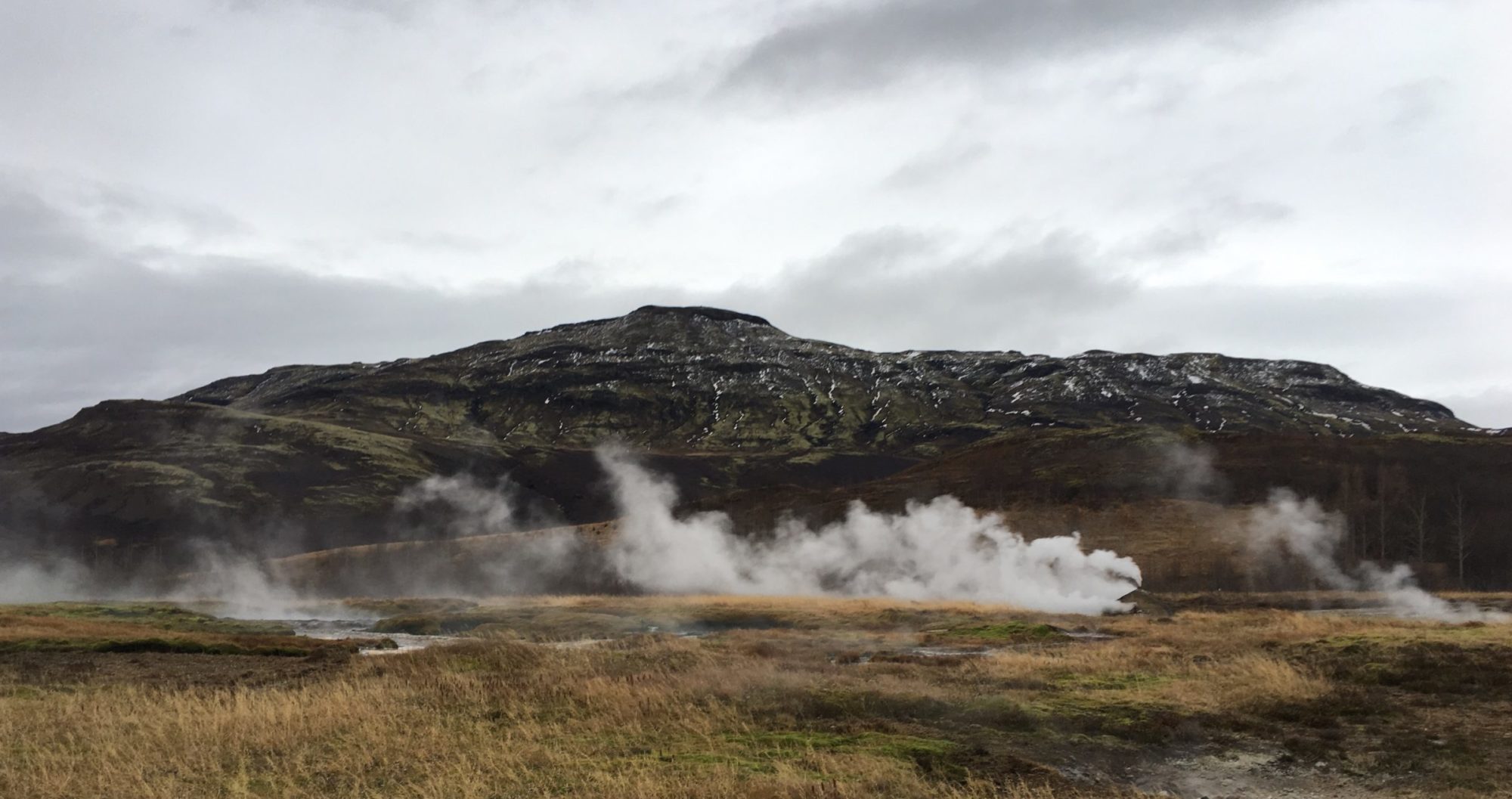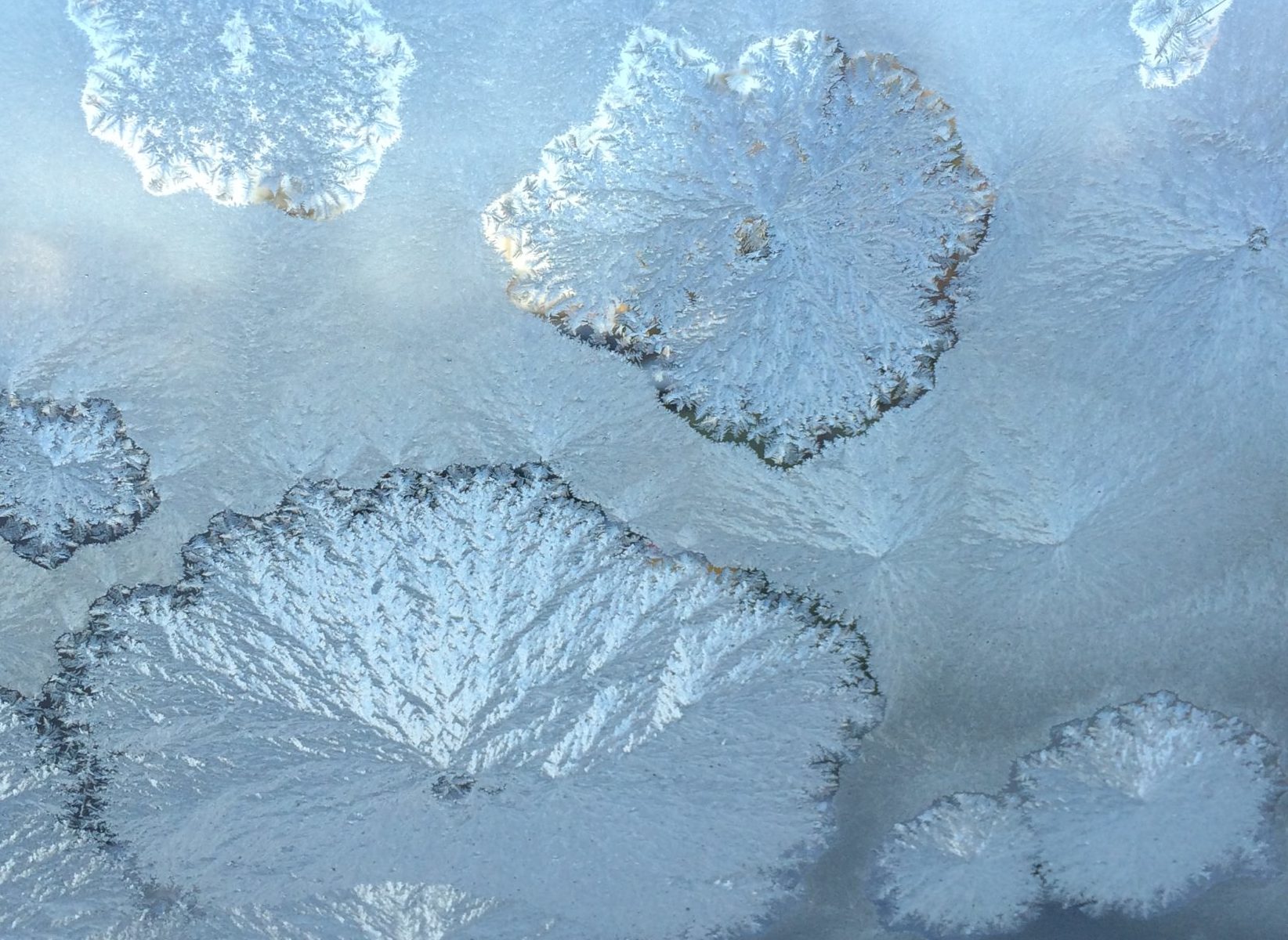This chapter discusses the perils of cold temperatures and how the body adjusts to survive.
Human Limits in the Cold
The duration and extent of exposure determines the lowest temperature that humans can tolerate. A clothed person can tolerate a temperature of -29 degrees Celsius without wind. Wind can exacerbate the effects of cold, coining the term ‘wind-chill factor’. Our bodies can generate enough heat if provided with sufficient amount of food.
A key lesson from military campaigns and polar expeditions is that hunger and hypothermia march hand in hand.
Perils of the Cold
In temperatures as low as -44 degrees Celsius, skin can freeze within one or two minutes. Frostbite can occur if not enough blood is supplied to the extremities. However, the more blood provided to the extremities, the more heat will be lost to the environment. Upon rewarming, mild frostbite will turn the skin red and skin will be sloughed off whereas superficial frostbite will result in the skin swelling and blistering. Some cases may require amputation due to permanent deep tissue damage. Also, the respiratory tract is unprotected from the cold and dry air which can become destroyed and sloughed off in extreme cases. Even mild cold can impair nerve function and decrease both sensation and manual dexterity. Real life example: putting ice on an injury relieves pain since this reduces the function of sensory nerves. There is also always the risk of hypothermia which includes shivering, numbness, slowed heart rate, and a state of metabolic icebox in extreme cases. Hypothermia occurs when heat loss exceeds heat gain. The risk of hypothermia increases when immersed in water since it is a good conductor of heat. The risk also increases with the combination of exacerbating factors such as alcohol, exercise, or inadequate food.
Adaptations to the Cold
Blood vessels will constrict and shunt warm blood to more important organs, such as the heart, away from extremities. There is also an increase in urine production due to the decreased volume of the circulatory system and thereby increased blood pressure. Goosebumps will form, although useless in humans, and the body will begin to violently shiver to produce heat. The body can adapt to working long hours in the cold, as seen with Eskimos and fishermen. The higher metabolic rates in indigenous people are due to their high protein diets and allow for more heat production. In animals, fur helps to trap heat and provides an extra layer of insulation. Animals, especially penguins, will huddle together in large groups to conserve heat. However, the most extreme adaptations to the cold include migration and hibernation.
Brown Fat
Babies are equipped with brown fat which is a specialized heat generating system. Filled with mitochondria, this fat burns fuel to produce heat. Small mammals can retain their brown fat into adulthood, such as bats and ground squirrels.
Benefits of the Cold
During some surgeries, the core temperature is cooled down to slow the metabolic rate and blood flow to prevent tissue damage. The heads of babies are occasionally cooled down to prevent brain damage when starved of oxygen.

